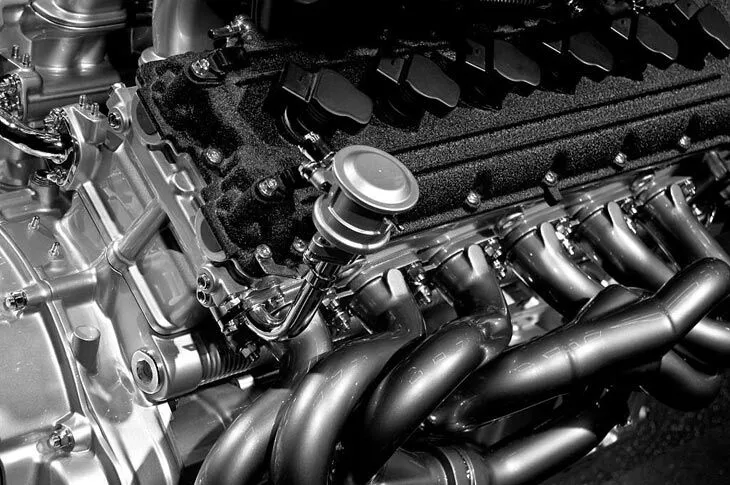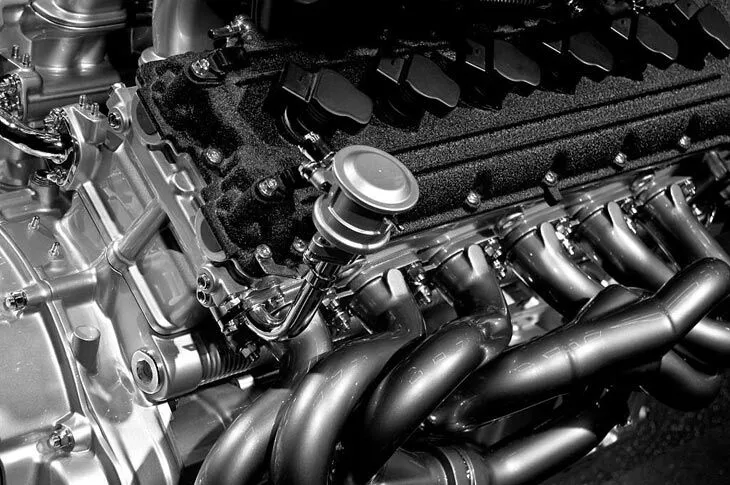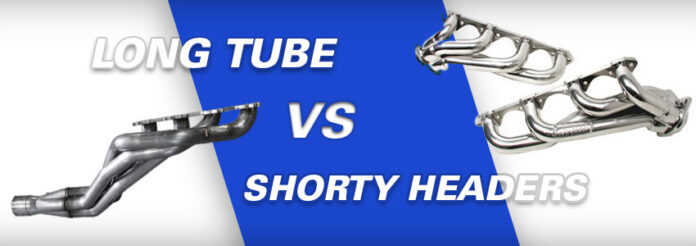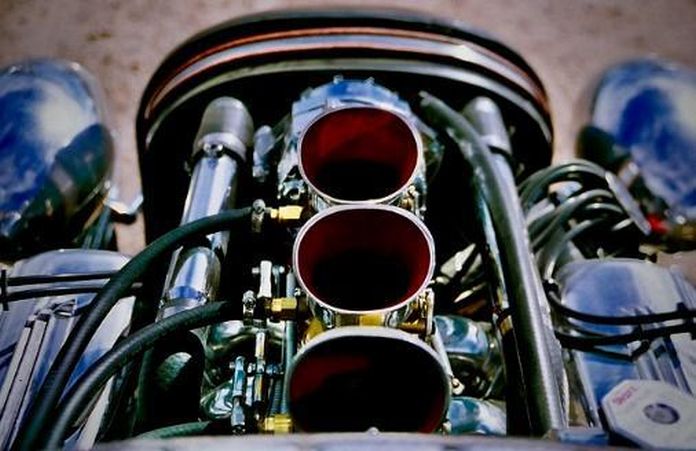In the realm of automotive enthusiasts, the pursuit of increased horsepower and improved engine performance is a constant endeavor. One of the key components that can make a significant impact on your car’s power output is the header system.
Headers, with their ability to optimize exhaust flow and enhance engine efficiency, have become a popular modification among gearheads and performance-driven drivers.
It’s time to learn what headers are and why they’re used. We’ll also cover some tips for buying the right set and offer guidance on the installation process.
Understanding Headers: What Are They Exactly?

Headers, also known as exhaust headers or exhaust manifolds, are a vital component of a vehicle’s exhaust system. They’re the first point of contact for exhaust gases leaving the engine’s cylinders. Unlike the stock exhaust manifolds that come with most vehicles, headers are specially designed to optimize exhaust gas flow.
Why Use Headers?
Improved Exhaust Flow
The primary purpose of headers is to improve the flow of exhaust gases out of the engine. Stock exhaust manifolds often have restrictive designs, which can hinder the engine’s ability to expel exhaust efficiently. On the other hand, headers have smoother and more streamlined passages that reduce backpressure, allowing the engine to “breathe” better.
Increased Horsepower and Torque
Headers can unlock hidden power potential within your engine by optimizing exhaust flow. The improved scavenging effect enhances cylinder evacuation, leading to increased horsepower and torque across the RPM range.
Enhanced Engine Efficiency
Headers not only boost performance but also improve engine efficiency. The reduction in backpressure means the engine doesn’t have to work as hard to push out exhaust gases, resulting in improved fuel economy.
Exhilarating Sound
Headers can also provide your car with a unique and exhilarating exhaust note. The increased airflow often produces a more aggressive and satisfying engine sound, contributing to the overall driving experience.
Customization Options
Headers come in various designs and materials, allowing you to choose a set that aligns with your specific performance goals and aesthetic preferences.
Tips for Buying the Right Headers

Selecting the right headers for your vehicle requires careful consideration of several factors. There are multiple essential tips to keep in mind when purchasing headers. For example, ensure the headers you choose are compatible with your car’s make and model. Some headers are designed specifically for certain vehicles, while others may have a more universal fit. You must also be aware of your local emissions regulations and ensure the headers you choose comply with these standards.
As for materials, note that headers are commonly made from stainless steel, mild steel, or even ceramic-coated materials. Stainless steel headers offer durability and corrosion resistance, making them a popular choice for enthusiasts. Headers come in various designs, too, including short tube, long tube, and equal length. Each design offers distinct performance characteristics, so research thoroughly to determine which one suits your needs best.
Headers may be coated with ceramic, which helps reduce heat buildup in the engine bay and enhances longevity. As such, consider headers with ceramic coating for improved performance and durability. Before you buy products, investigate the manufacturer’s or brand’s reputation, too. Reading reviews and seeking recommendations from fellow enthusiasts can help you identify reliable and respected header brands. Don’t be afraid to shop online, either. You’ll find many quality products on e-commerce stores, such as the popular Manzo headers, among others.
Choosing the Right Headers: Material Matters
When selecting headers, the material is a crucial factor to consider. The most common materials are stainless steel, mild steel, and ceramic-coated steel. Stainless steel headers are renowned for their durability and resistance to corrosion, making them a preferred choice for long-term use. Mild steel headers are more budget-friendly but may require more maintenance to prevent rust. Ceramic-coated headers offer the advantage of reduced heat transfer, which can improve engine and under-hood temperatures. Understanding the benefits and limitations of each material can help you make an informed decision that aligns with your performance goals and budget.
Understanding Header Styles: Short Tube vs. Long Tube

Headers come in two primary styles: short tube and long tube. Short tube headers, also known as shorty headers, are often easier to install and can provide a noticeable improvement in horsepower and torque, especially in the low to mid-RPM range. They are typically more compatible with emission control devices, making them a suitable choice for street use. Long tube headers, on the other hand, are ideal for high-performance applications. They offer significant gains in horsepower and torque, particularly in the higher RPM range, making them popular for racing and performance driving. However, they may require more extensive modifications for installation and might not be compatible with certain emission control systems.
Installation of Headers
Installing headers can be a rewarding but challenging DIY project, depending on your mechanical skills and the complexity of your vehicle’s engine bay. If you want to tackle the job, ensure you focus on safety. The vehicle should be on a level surface with the parking brake engaged. Disconnect the battery before you begin, too.
Next, use a jack and jack stands to lift the front of the vehicle, providing enough clearance to work comfortably underneath. Then, locate the exhaust manifold(s) on your engine. This may require removing some components, such as the heat shields or exhaust pipe connections. Carefully remove the stock exhaust manifold(s) by disconnecting mounting bolts or studs. Be cautious, as some components may still be hot.
Place the new headers into position, securing them with the provided hardware. Ensure proper alignment and torque the bolts according to the manufacturer’s specifications. You’ll need to reconnect any heat shields or exhaust pipe connections that were removed earlier. Start the engine and inspect the header connections for exhaust leaks. If necessary, make adjustments or use exhaust sealant to eliminate leaks.
From there, carefully lower the vehicle off the jack stands, remove the jack, and ensure it is on level ground. Reconnect the vehicle’s battery, start the engine, and check for unusual noises or issues. Depending on the headers and your vehicle’s setup, you may need to perform additional tuning, such as adjusting the air-fuel mixture, to optimize performance.
Headers are a modification that can breathe new life into your car’s engine, unlocking hidden power and providing a more exhilarating driving experience. Whether you’re seeking increased horsepower, improved engine efficiency, or a more satisfying exhaust note, these parts can provide a transformative addition to your car.










